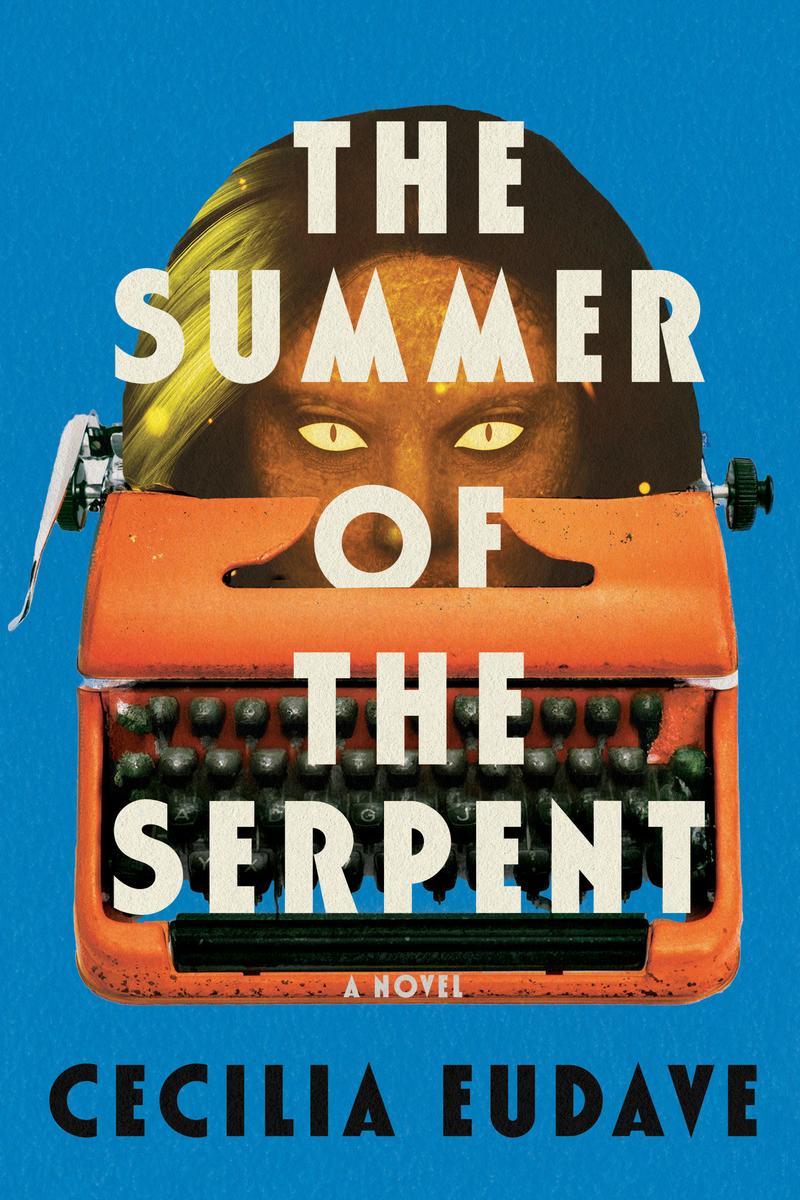Mexico, ummer of 1977: a family goes through a decisive moment that, between the everyday and the unsettling, gradually unveils the secrets each member hides and reveals the cracks beneath an apparent normality. A story that blends Mexico’s raw realism with its folklore and symbolism.
During a summer that changes everything, Maricarmen’s childhood is marked by discoveries that alter her way of seeing the world. In 1977, she attends a parish fair where she witnesses a disturbing spectacle: a young girl dressed as a snake is displayed as punishment for disobedience. Fascinated, she sneaks backstage and discovers with horror that the girl is actually a victim of abuse. This episode, which mixes the fantastic with the brutally real, leaves an indelible mark on the child.
At home, a ghost is part of everyday life. It is not terrifying, but rather a whimsical figure that shifts objects and tells disturbing stories. The family moves into an old house hoping the presence will vanish, but the ghost—perhaps an echo of their deceased mother—remains, fused with memory and finally accepted as part of the home.
That same summer, Maricarmen is taken by Uriel, a frustrated young teacher, to watch a man who hangs his dog from a tree every day. Uriel turns the act into a study subject and involves the girl in the torture. What begins as an observation becomes a disturbing situation where Maricarmen, trapped between fear and curiosity, shifts from witness to silent accomplice.
Meanwhile, her father—a brilliant technical translator but a frustrated writer—slowly fades away. Surrounded by manuals and abandoned dreams, he passes on to his daughters the love of words, observation, and language as a form of resistance. His silent decline also sets the tone in a house where melancholy lingers among objects, cameras, and notebooks.
Also in the neighborhood lives a boa, brought as a gift to Monika, a friend of the family. After escaping, the snake roams the neighborhood and finds refuge in the workshop of El Capi, a lonely old street sweeper who, from the margins, observes everyone’s life with tenderness and clarity.
Years later, Maricarmen narrates from death. Ana, her sister, finds a manuscript hidden inside her old typewriter. Through that gesture of recovery, the protagonist reclaims her voice, her memory, and her right to remain.
RELEVANT FACTS: Cecilia Eudave is a Mexican writer of short stories, essays, and novels, as well as a researcher and professor. She has won the Juan García Ponce Novel Prize, in addition to receiving an honorable mention at the 13th Annual International Book Awards 2011.
The Summer of the Serpent is a story that moves between horror and melancholy, set in rural Mexico, where real life merges with folklore and legends. The strange and the supernatural blend naturally into the plot, creating an unsettling and ambiguous atmosphere that recalls magical realism, while maintaining a lucid look at family ties, secrets, and the fragility of memory.
The novel has audiovisual potential due to its immersive atmosphere, complex characters, and mix of the real and the fantastic. The story offers multiple narrative layers that could be adapted into an ensemble series combining the everyday with the disturbing. The crossed storylines, the use of the child’s perspective, the ghost figure, and the presence of the snake create powerful images and a constant tension—ideal for a drama with elements of mystery and magical realism.
AUDIOVISUAL POTENTIAL: TV Series, Miniseries, Film, TV Movie.
LANGUAGES AVAILABLE: Spanish, English.

Adquirir los derechos
Para ponerte en contacto con nosotros completa el siguiente formulario y te responderemos en breve.
Error: Contact form not found.

